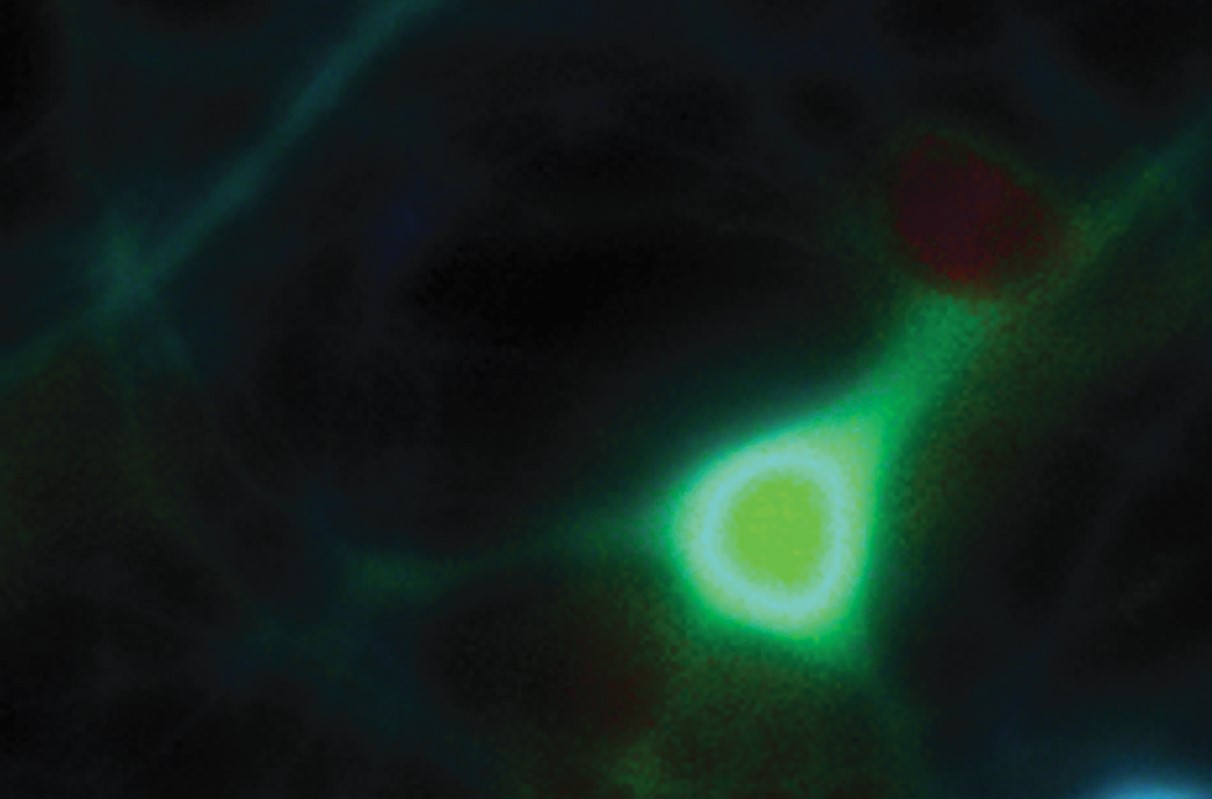About This Webinar
LED illumination for fluorescence microscopy systems has progressed significantly from a time when LED sources had low optical power and a limited range of wavelengths. While the benefits of LED technology drew interest, the limitations prevented large-scale adoption. Advances in the semiconductor industry have now been able to eliminate many of the fundamental hurdles that were previously faced.
Today, LED technology is rapidly replacing the lamps that were used in microscopy and fluorescence imaging, including in applications on the extreme ends of the light microscopy spectrum. Xenon lamps have traditionally been relied on by applications that require a light source with uniform spectral stability across the near-UV to visible spectrum. These lamps allow the user to switch filters while maintaining consistent excitation power between wavelengths, which is crucial for quantitative studies.
Kavita Aswani, Ph.D. describes the latest advances in illumination for fluorescence imaging, from near-UV to NIR fluorophores. New LED illumination systems are successfully replacing traditional arc lamps in calcium imaging applications. These systems are producing equivalent results with the convenience of LEDs. IR versions of the light sources allow imaging of the popular ICG (indocyanine green) and IR800 dyes. They also provide high signal-to-noise ratios due to the low background in the NIR region. The NIR wavelengths allow for greater depth penetration in thick tissues and living animals. An example of these new systems is the X-Cite NOVEM™ system, which was awarded the prestigious 2021 Microscopy Today Innovation Award.

Who should attend:
Researchers and engineers working with or interested in illumination for fluorescence imaging. Those working in test & measurement, imaging, microscopy, and spectroscopy, in industries such as biophotonics, cancer research, medical, and pharmaceutical.
About the presenter:
 Kavita Aswani, Ph.D. is Senior BioMedical Applications Scientist at Excelitas Technologies. She has a doctorate from the University of Iowa and has seven years of scientific research experience and over 20 years of applications experience in the microscopy and fluorescence industry. Aswani has authored and reviewed several publications, as well as journal articles. She has worked in the areas of wide-field illumination microscopy, laser scanning microscopy, and flow cytometry. She is an active member of the Society for Neuroscience and the Royal Microscopical Society.
Kavita Aswani, Ph.D. is Senior BioMedical Applications Scientist at Excelitas Technologies. She has a doctorate from the University of Iowa and has seven years of scientific research experience and over 20 years of applications experience in the microscopy and fluorescence industry. Aswani has authored and reviewed several publications, as well as journal articles. She has worked in the areas of wide-field illumination microscopy, laser scanning microscopy, and flow cytometry. She is an active member of the Society for Neuroscience and the Royal Microscopical Society.
About Excelitas Technologies Corp.:
Excelitas Technologies® Corp. is a leading industrial technology manufacturer focused on delivering innovative, market-driven photonic solutions to meet the illumination, optical, optronic, imaging, sensing, and detection needs of our global OEM and end user customers. Recognized as the industry standard in fluorescence microscopy, the company's X-Cite fluorescence illuminators include a complete range of lamp and LED light sources offering maximum stability and superior illumination uniformity to optimize imaging and ensure greater data reliability.